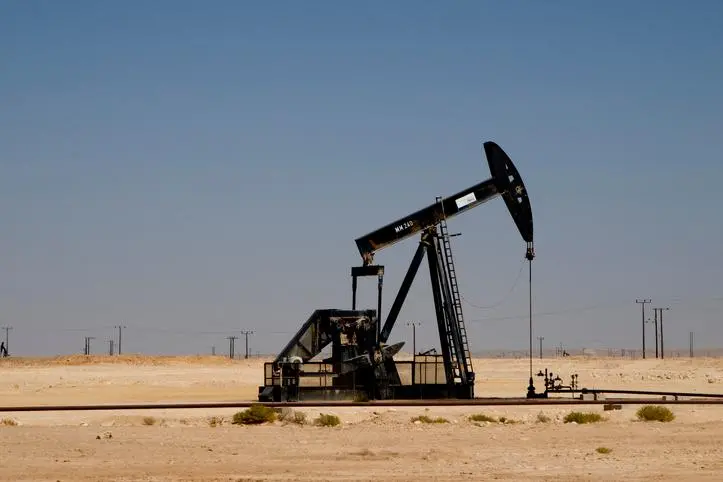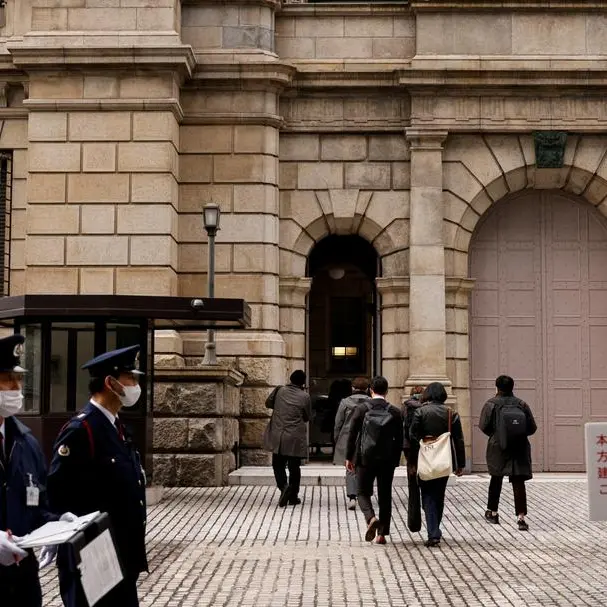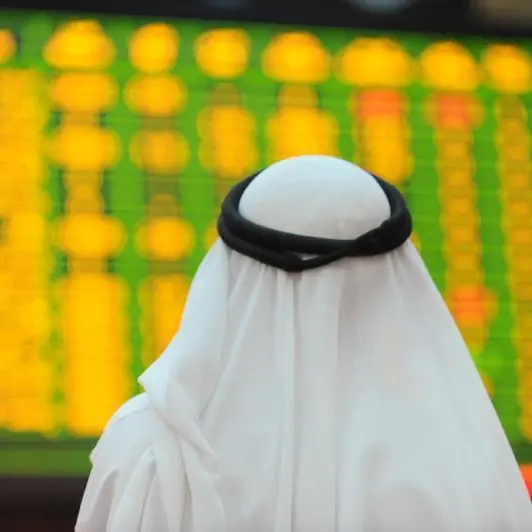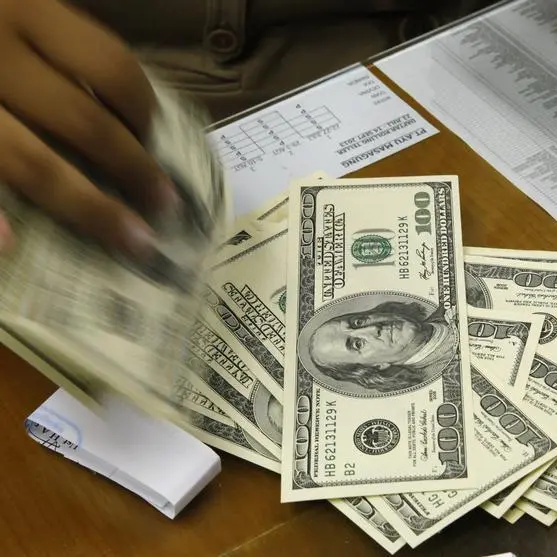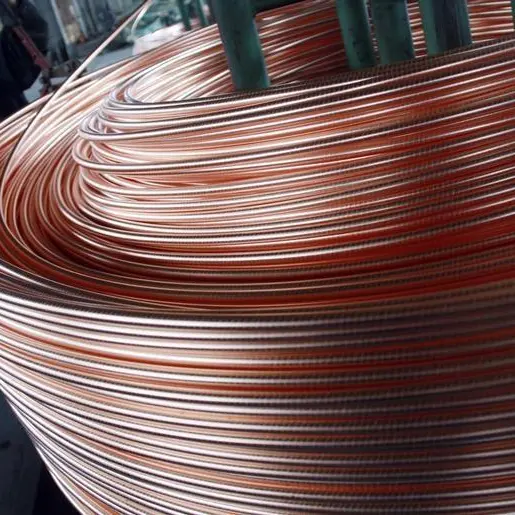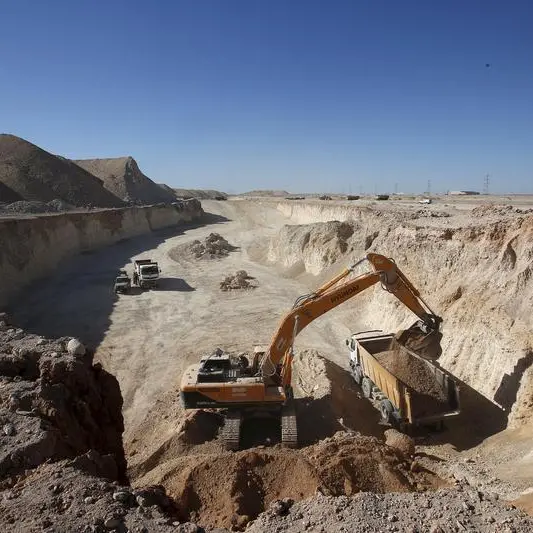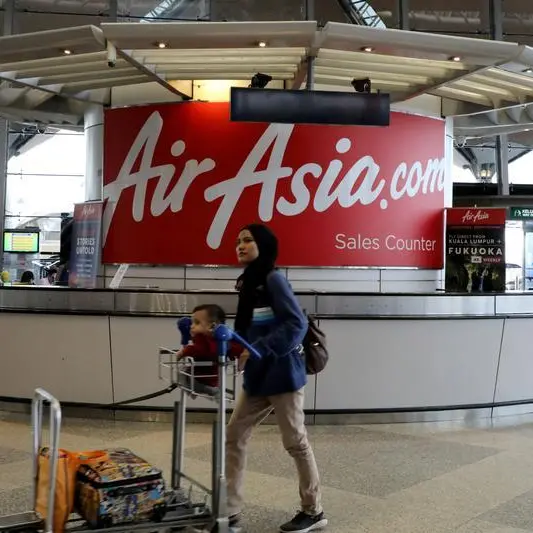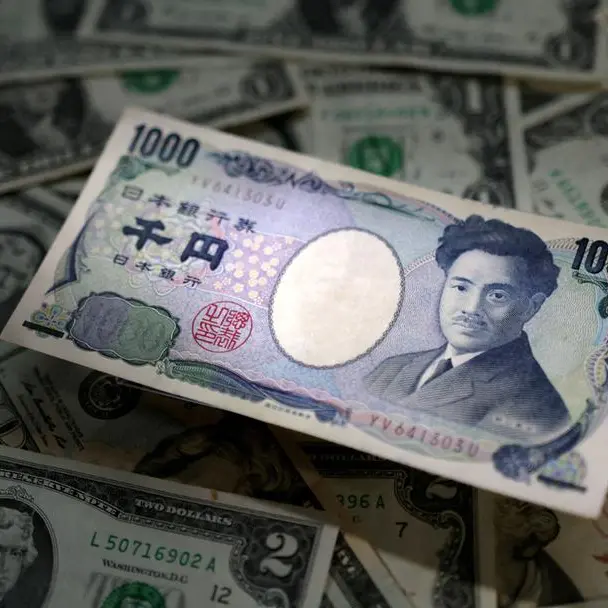PHOTO
As oil prices returned to 2014 levels on Tuesday, it was greeted with cautious optimism in the country.
Oman crude was traded on Dubai Mercantile Exchange at $96.51 (April 2022 delivery), a rise of $4.27 from Monday's price of $92.24.According to statistics, this was the high price for which Oman crude has been traded since September 2014.
“We remember all government and corporate spendings were reduced drastically as oil prices started to decline from the end of 2014. This year’s budget sounded positive, and we just hope that it will be never looking back,” Laila al Bulushi, who was earlier employed with an event management company, said.Market analysts told the Observer that depending on the situation in Ukraine, prices might go up higher and stay there for an extended period.
However, there are concerns that it may fuel higher inflation and threaten to interfere with the recovery of the global economy from the impact of the pandemic.“One has to see the progress made on the Iran nuclear deal because a positive outcome will lead to the resumption of oil exports by that country,” a senior analyst and research head, said.
At the current oil price, a hike in revenues from the oil and gas sector will help reduce the budget deficit in 2022.The jump in oil is compounding worries about inflation around the world, with the Federal Reserve coming under intense pressure to tighten monetary policy to prevent prices from running out of control, international reports said.
Rapidly rising oil prices can be a troubling development for markets, as they cloud the economic outlook by increasing costs for businesses and consumers, the reports added.Higher crude also threatens to accelerate already-surging inflation, compounding worries that the Fed will need to aggressively tighten monetary policy to tamp down consumer prices.
According to Fitch Solutions Group (FSG), an affiliate of Fitch Ratings, a recent report, “The Sultanate of Oman’s crude oil production is projected to rise 9.8 per cent to 1.1 million barrels per day (bpd) in 2022, helping further narrow the country’s current account deficit to 0.2 per cent of GDP for the year.”It added, “Bright prospects for oil prices and Omani production will be the main driver of a continued widening of the surplus in the trade in goods balance in 2022.”
2022 © All right reserved for Oman Establishment for Press, Publication and Advertising (OEPPA) Provided by SyndiGate Media Inc. (Syndigate.info).
